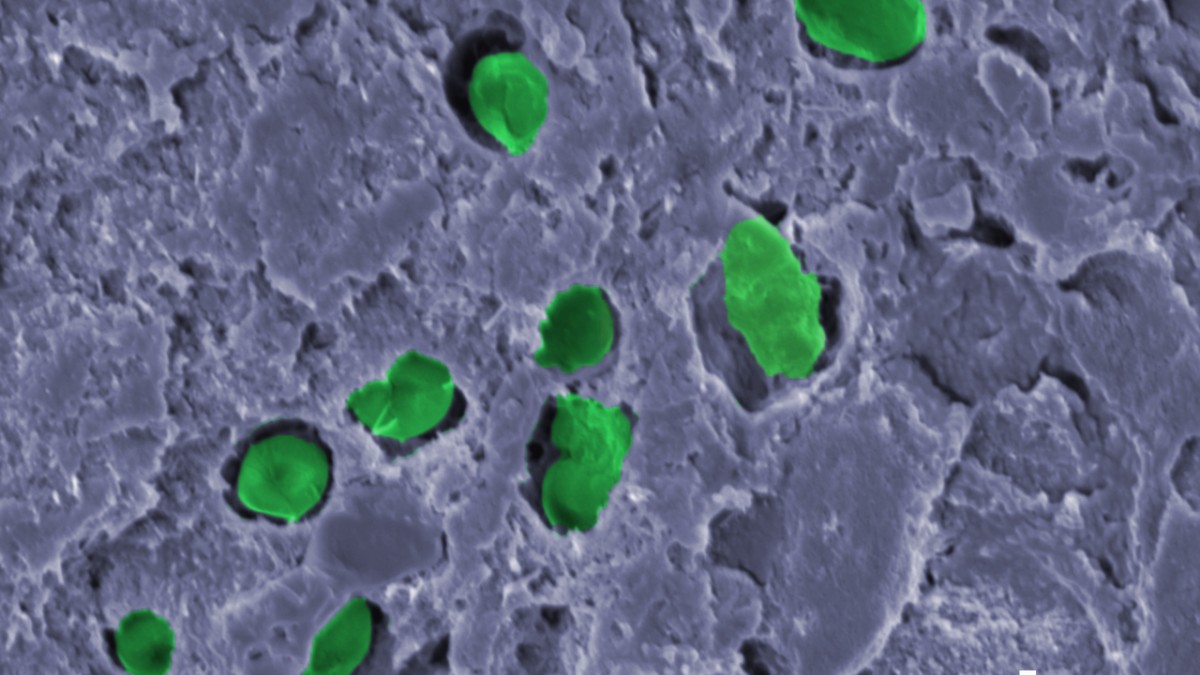Biocoatings are thin layers or coatings of water-based paint applied to a surface, which is made using a process called biocatalysis, which is described as using organisms to speed up certain desired reactions. These biocoatings are used bioreactors to absorb carbon and for biofuel production. A study published in Microbiology Spectrum shows the discovery of potential uses of bacteria with the creation of “Green Living Paint”
Chroococcidiopsis Cubana is a type of bacteria found in deserts that experiences photosynthesis by taking in CO2 to dispel oxygen. These bacteria require very little water to live, which makes the use of them in biocoatings easier in extreme conditions. Due to rising global temperatures, Dr. Suzie Hingley-Wilson is concerned about water shortages happening. Developed by the University of Surrey, this “living paint” can reduce the amount of water needed for bioreactor procedures.
Simone Krings, a former Postgraduate Researcher in the Department of Microbial Sciences at the University of Surrey, also has high hopes for Chroococcidiopsis’ ability as an extremophile, saying that it looks very promising as a biocoating for missions to Mars.











